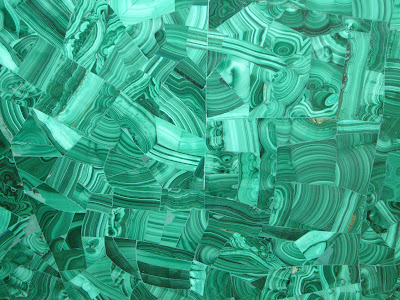Fibonacci Patterns
I am fascinated with patterns, numbers, and their relationships to natural phenomena. Most of my students are learning English as their second language and come from Korean or Hispanic backgrounds. I wanted to teach my sixth grade core students a lesson in plane geometry and use techniques to aid English learners. I also wanted to demonstrate how a simple concept can impart multiple meanings. The Fibonacci sequence can be shown to express a logarithmic spiral similar to the growth in seashells. The ratio of these numbers is also used to describe a golden rectangle used by classical artists in creating balanced compositions. The length of the sides is a ratio of 1.61 to 1.
I described to the students how the sequence worked. We worked together to write the numbers out by adding the last number in the sequence to the one before it.
The sequence looks like this:
0, 1, 1, 2, 3, 5, 8, 13, 21, 34, 55, 89, 144, 233 ……..
Then we went to work with graph paper, straight edge, and compass. I love to have my students draw. Everyone drew a rectangle measuring 21 by 34 units. By constructing squares inside the rectangle using the reverse Fibonacci sequence, our drawings became a series of smaller boxes and rectangles
As I monitored student progress, I encouraged students who were successful in completing their rectangles to help other students still struggling with the task. Following that, we used compasses to inscribe quarter circle arcs from points A, B, C, D, E, and F. A logarithmic spiral appeared which was greatly enjoyed by everyone.
This spiral describes patterns experienced in nature. The kids were fascinated and we spent days in my art class exploring this phenomenon. There were many inspired works of art viewed and created using both traditional and digital media.










Comments